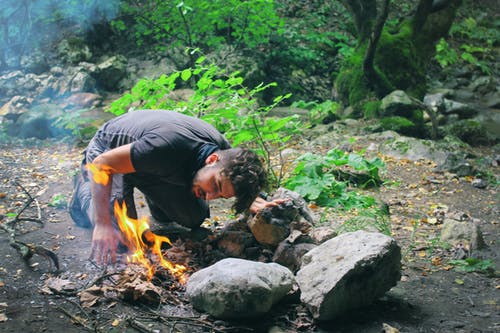
The number of tornadoes in the US in 2019 is already more than 200 higher than the average. Scientists are still unsure as to whether this is down to climate change.
If it is, then the chances are that natural disasters of this kind are only going to increase further.
No one wants to be the victim of a natural disaster, but if the worst does happen, there are steps you can take to make the aftermath a little easier to deal with.
Read on as we take a look at five things that should be in your survival kit.
1. Food and Water
If a natural disaster leaves you stranded for some time, you’ll need access to plenty of food and clean water.
FEMA recommends that families have enough supplies for at least three days. These should include non-perishable items such as canned meat, fruit, and vegetables (and don’t forget the can opener!) They also suggest high-protein foods such as peanut butter, protein bars, and cereal or granola.
You should also keep plenty of bottled water on hand as your water supply may become disrupted or contaminated.
2. Medical Information
You or a family member may sustain injuries during the natural disaster.
If your power is down, you may not be able to just turn to Dr. Google to help. Keep some medical books on hand so that you are able to deal with any injuries if they need urgent attention.
You might be stranded for some time, so the more you are able to do yourselves, the better.
3. Power
Most of our lives revolve around electrical items these days. If your power goes down, the vast majority of them will be useless.
You can protect against this by having additional sources of power available to you in case of a disaster. This might be something as simple as having a spare supply of batteries on hand. Or you might want to take things to the next level, and purchase a backup generator to provide your own power in an emergency.
4. Protection
For many natural disasters, there will be at least some warning of what is coming.
You should make sure that you have some kind of protection to minimize any risk of injury. One of the most important items you can use is a helmet.
If you’re prepping on a budget you don’t need to break the bank. Second-hand workman’s helmets, or even using your kids cycling helmets will provide some additional protection from serious head injuries.
5. Communication
If you’re waiting out a disaster, you’ll want to know when it’s safe to come out again.
With the chance of phone lines and cell phone towers being taken out, it’s best to have some old school options on hand too. A battery-powered radio will ensure that you can find out what’s going on even if your power is out.
Have You Got Your Survival Kit Ready?
If you don’t already have your survival kit prepared, make sure that you do so.
We all hope that we won’t be affected by a disaster, but if the worst happens, it pays to be fully prepared. You’ll be able to sleep soundly knowing that you’re covered for any eventuality.
For more great advice and tips, be sure to check out the rest of the site.
